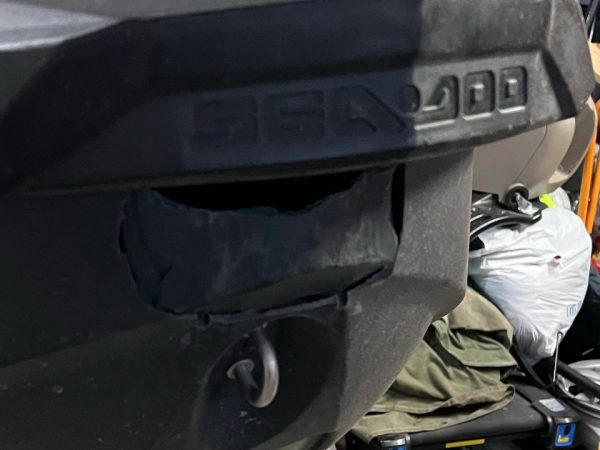Plastic Welding
Plastic welding is a process used to repair and join plastics using heat and pressure. There are various techniques for plastic welding, including ultrasonic welding, laser welding, friction welding, high-frequency welding, vibration welding, and hot plate welding. Regardless of the technique used, the plastic welding process involves three main steps: pressing, heating, and cooling. The heat and pressure applied during the process create a molecular bond between two compatible thermoplastics, resulting in a strong and permanent joint.
Plastic welding has a wide range of applications, including automotive, aerospace, medical, and industrial settings. It is commonly used to repair or join plastic parts, such as tanks, pipes, and containers. Plastic welding can also be used to create custom parts, prototypes, and production runs. Additionally, plastic welding can be used to join different types of plastics, including thermoplastics and composites.
There are several advantages to choosing plastic welding over other methods of plastic repair and joining. Firstly, plastic welding creates a permanent joint that is stronger and more durable than other joining methods, such as adhesives or mechanical fasteners. Secondly, plastic welding does not require the use of additional materials, reducing waste and cost. Thirdly, plastic welding can be used to repair or join plastics in situ, reducing downtime and increasing productivity. Finally, plastic welding can be used to create aesthetically pleasing weld seams, particularly when using laser plastic welding. Overall, plastic welding offers a cost-effective, efficient, and reliable solution for repairing and joining plastics in a wide range of applications.

